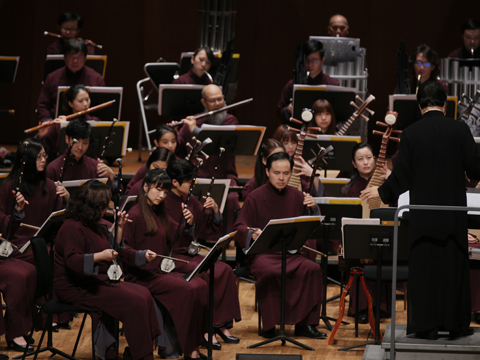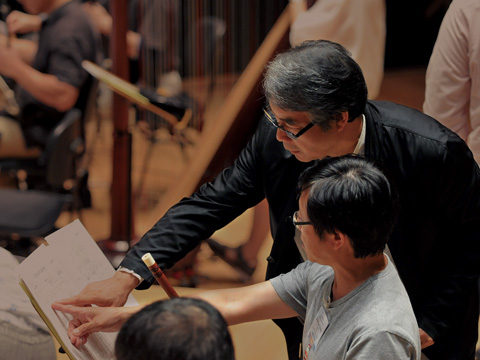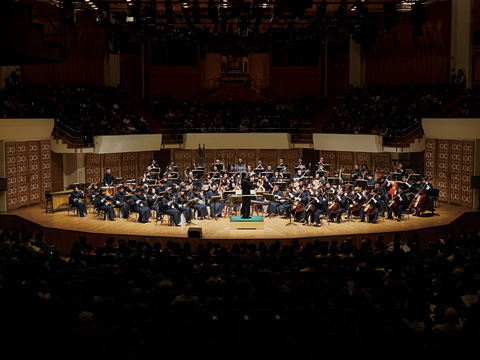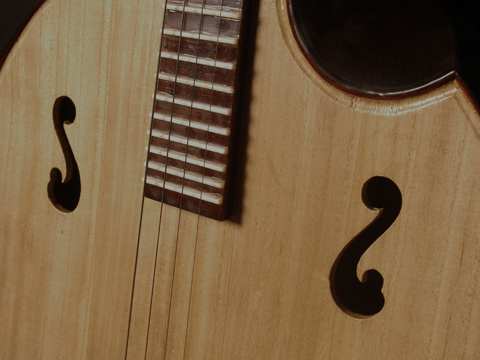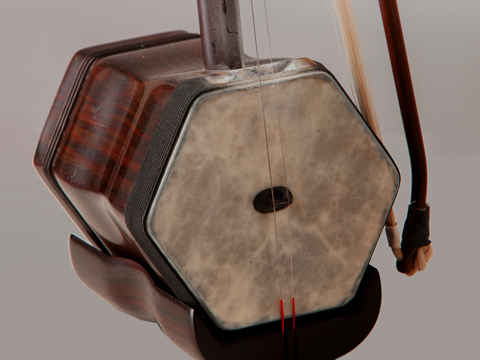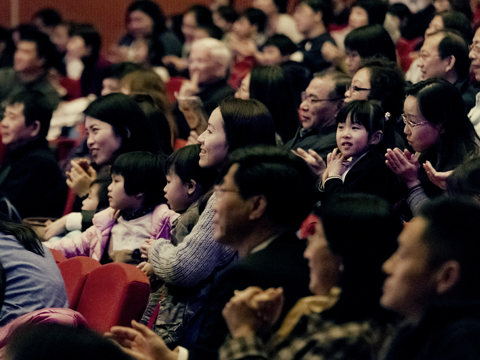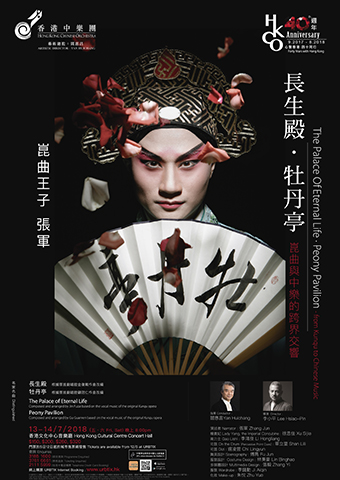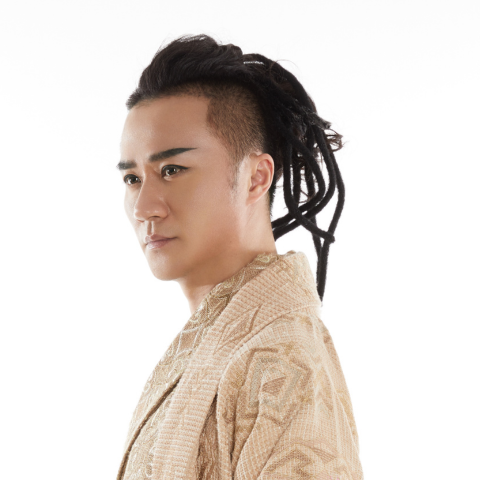The Beauty of Crossover and Fusion
As the internet links up the whole world, ‘crossovers’ in the performing arts world are nothing new. From genres, formats, modes of presentation, ethnic sources, cultures to aesthetic concepts, all can be brought together in ‘crossovers’. This is also an area in which the Hong Kong Chinese Orchestra has had ample experience as it has a wide and varied record to
overcome hurdles and fuse differences in order to explore new possibilities.
In fact, by itself, the full-scale Chinese orchestra we know today is a good example of fusion. It puts together traditional Chinese musical instruments and configures them by referencing the symphony orchestra of the West. But this had not come by easily. It was the result of laborious experimentations which lasted for almost a hundred years conducted by countless composers, conductors and massive audiences. It was with their input that the ‘Chinese orchestra’ format finally came into its own, a musical tool recognized to be a powerful expression that rises above Chinese and Western cultures.
The upcoming concert, ‘Peony Pavilion and The Palace of Eternal Life - from Kunqu to Chinese Music’, does more than bridging Kunqu and Chinese music: it goes in search of new possibilities and new aesthetics, and that is what makes it different.
Crossovers of the most complex kind
In terms of performing format, this is an integration of the centuries-old Kunqu with a modern Chinese orchestra. Characters in The Palace of Eternal Life of Qing Dynasty librettist Hong Sheng (1645-1704) cross the time tunnel and appear in modern as well as period costumes. In Peony Pavilion of Ming Dynasty written by iconic playwright Tang Xianzu (1550-1616), one actor plays four different characters of four different role types.
As far as the music goes, the two composers Jin Fuzai and Gu Guanren have recreated the Kunqu vocal styles of the two plays to become the symphonic music of a Chinese orchestra,
in a fusion of the performing approaches of the two genres. But in terms of musical aesthetics, it is an exploration of bringing together the essential spirit of traditional Chinese theatre and the theatricality of a full-scale, modern orchestra in Chinese music. For such multiple crossovers, one can imagine the complexity and challenge involved.
Love above and beyond life and death
It is not uncommon that cross-genre productions tend to be over ambitious, so much so that the effect comes across as awkward, affected and exaggerated. If a production delivers its cause in a natural, seamless presentation that can bring a breakthrough experience to the audience, and take them into a whole new world where they discover erstwhile unknown feelings and even inspirations, the challenge is considered achieved.
The content of the concert is a crossover of the most emotionally touching kind: The Palace of Eternal Life is about the vow of eternal love between Emperor Ming of Tang and Yang Yuhuan, his favourite concubine; Peony Pavilion is the love between Liu Mengmei and Du Liniang that shuttles between the worlds of the living and of the dead. The themes of both plays celebrate love that is above and beyond life and death. The concert staging is experimental in many aspects. As for how successful it is, it becomes another point of interest for the audience, and until the final revelation, one can be sure that it is the greatest challenge to all those who take part in the preparation of the production.

